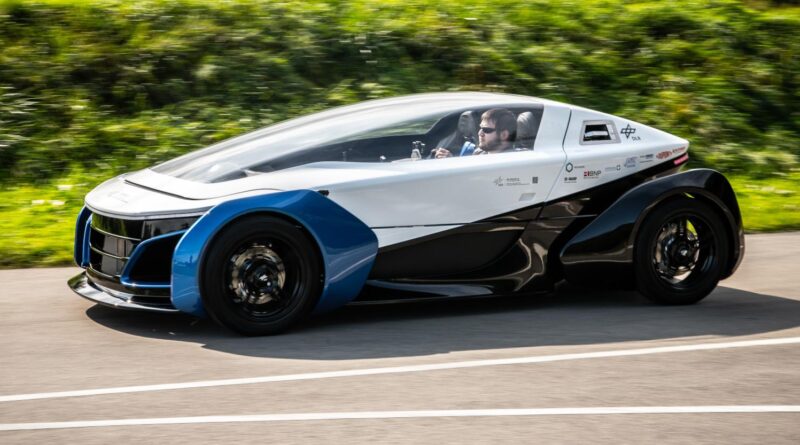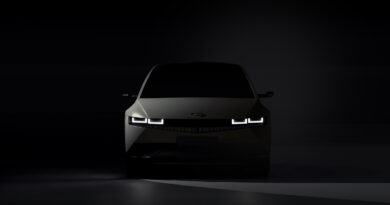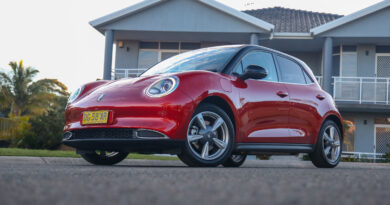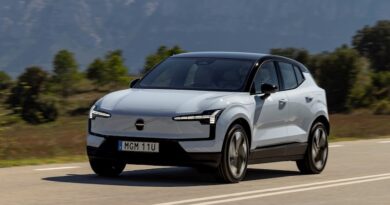BEV and fuel cell: German SLRV concept tries EV both ways
The accepted wisdom is small electric vehicles should use batteries and large ones hydrogen fuel cells.
But a German project seems to be having several bets each way, combining hydrogen and battery fuelling for a new two-seat EV it has developed.
Dubbed the Safe Light Regional Vehicle, or SLRV, it is the work of the German Aerospace Centre (DLR).
Want the latest EV news and reviews delivered to your inbox? Subscribe to our weekly newsletter!
No, the SLRV doesn’t fly, it turns out the DLR has a division devoted to developing vehicle concepts, including those that keep their wheels on the ground.
The SLRV measures up at only 3.8 metres long, weighs in at just 450kg and has a body built out of a sandwich comprising a metal composite outer layer and a plastic foam inner layer.
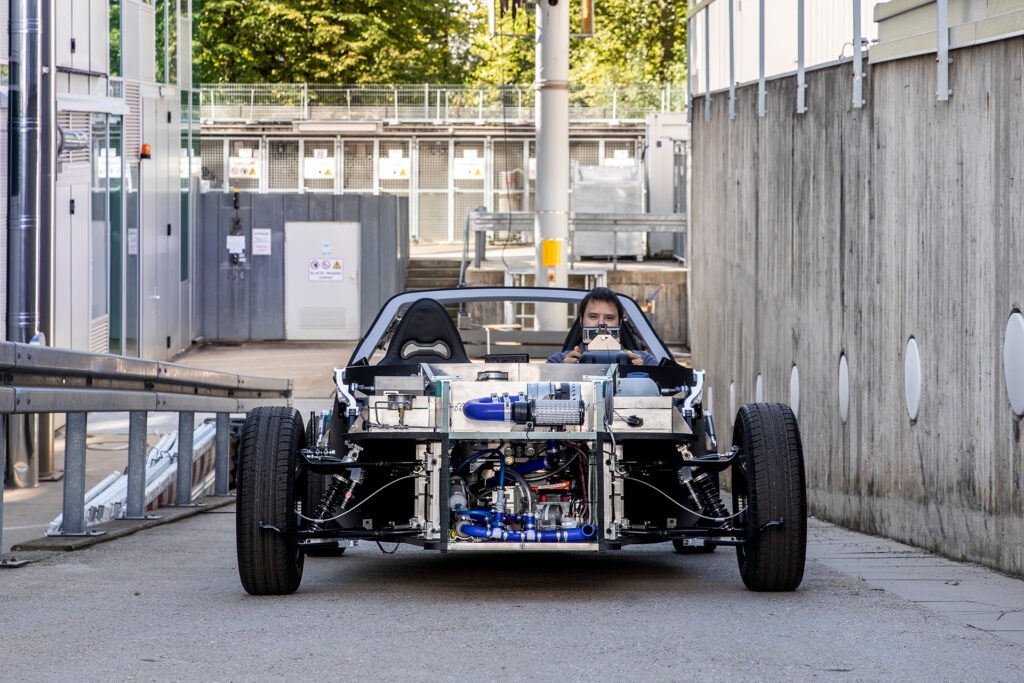
It is a low-lying two-seater with a slick shape to ensure it maximises aerodynamic efficiency.
While it looks quite sporty and fun, DLR envisages the SLRV primarily as a commuter car suitable for shuttling people to local transport hubs and for car sharing.
DLR argues SLRV would be particularly good at that in outer urban areas because of its rapid hydrogen refuelling system.
The SLRV’s powertrain connects a small fuel cell with a continuous output of 85kW to a battery to create the powertrain. This provides an additional 25 kilowatts of power for acceleration assistance.
This combination weighs less than conventional battery systems, provides a range of approximately 400 kilometres and enables a maximum speed of 120km/h.
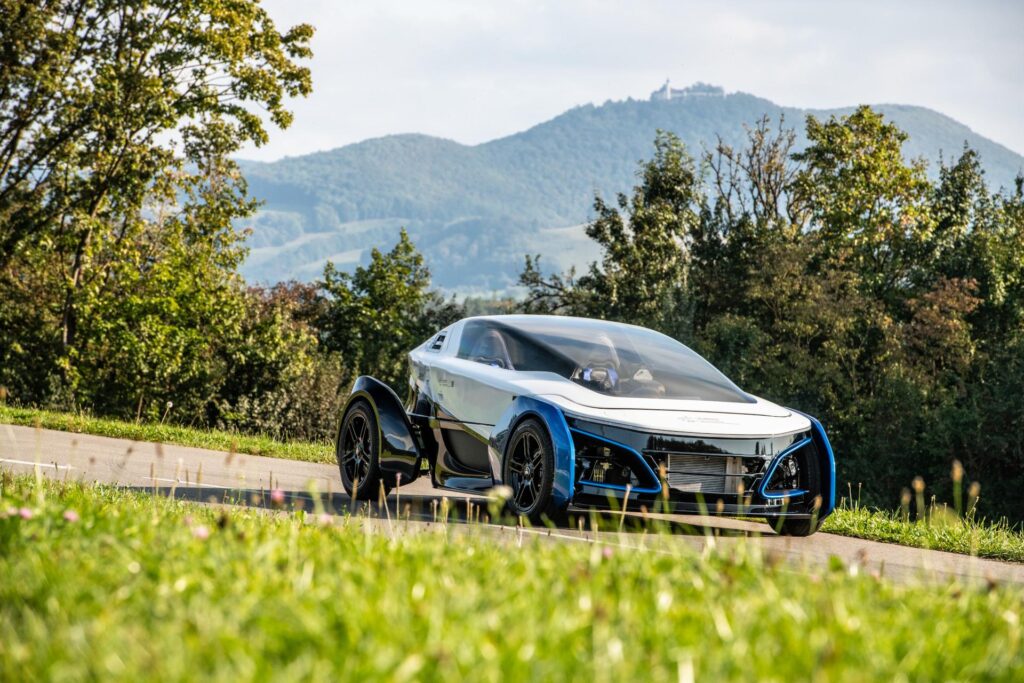
A 39-litre pressure tank that can store 1.6 kilograms of hydrogen at 700 bar. sits inside the vehicle, between the two seats.
The SLRV uses waste heat from the fuel cell to heat its interior. The good thermal insulation of the bodywork, resulting from the use of the sandwich structures, reduces the energy consumption of the vehicle’s air conditioning system in winter.
“As a new mobility solution in the light vehicle class, the SLRV demonstrates that we can combine vehicle technology, usage conditions and cost-effectiveness,” said Tjark Siefkes, Deputy Director of the DLR Institute of Vehicle Concepts.
“It lays the groundwork and provides a technology platform for local zero-emission mobility that is quiet and available for personal use.”
The DLR estimates a production SLRV would costs around 15,000 euros ($24,600), have a lifecycle around 300,000km and a service life of 10 years.

